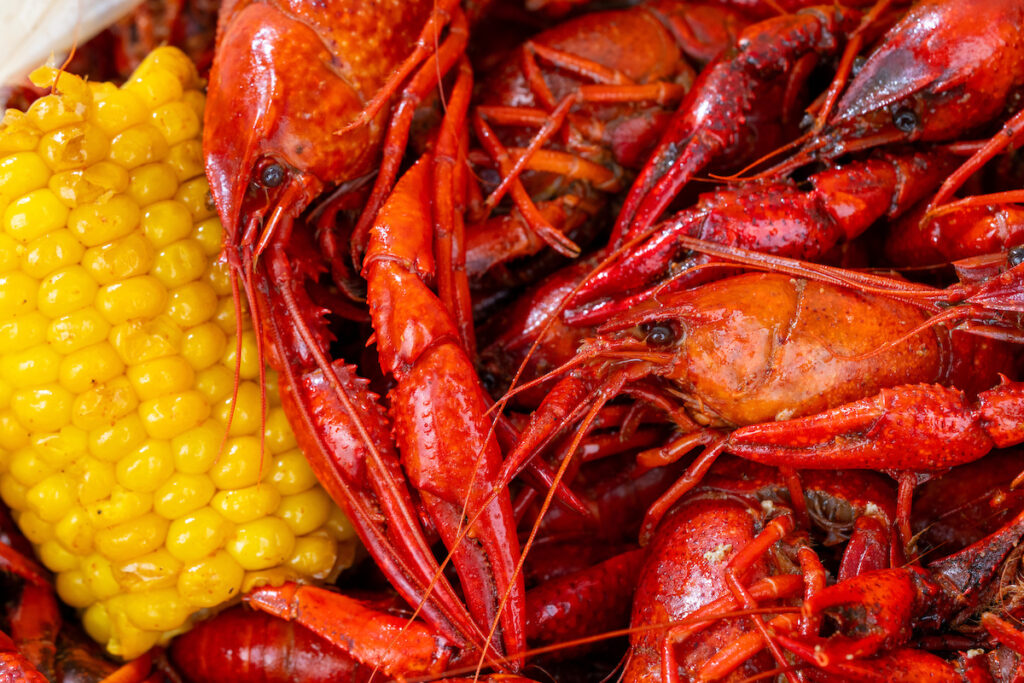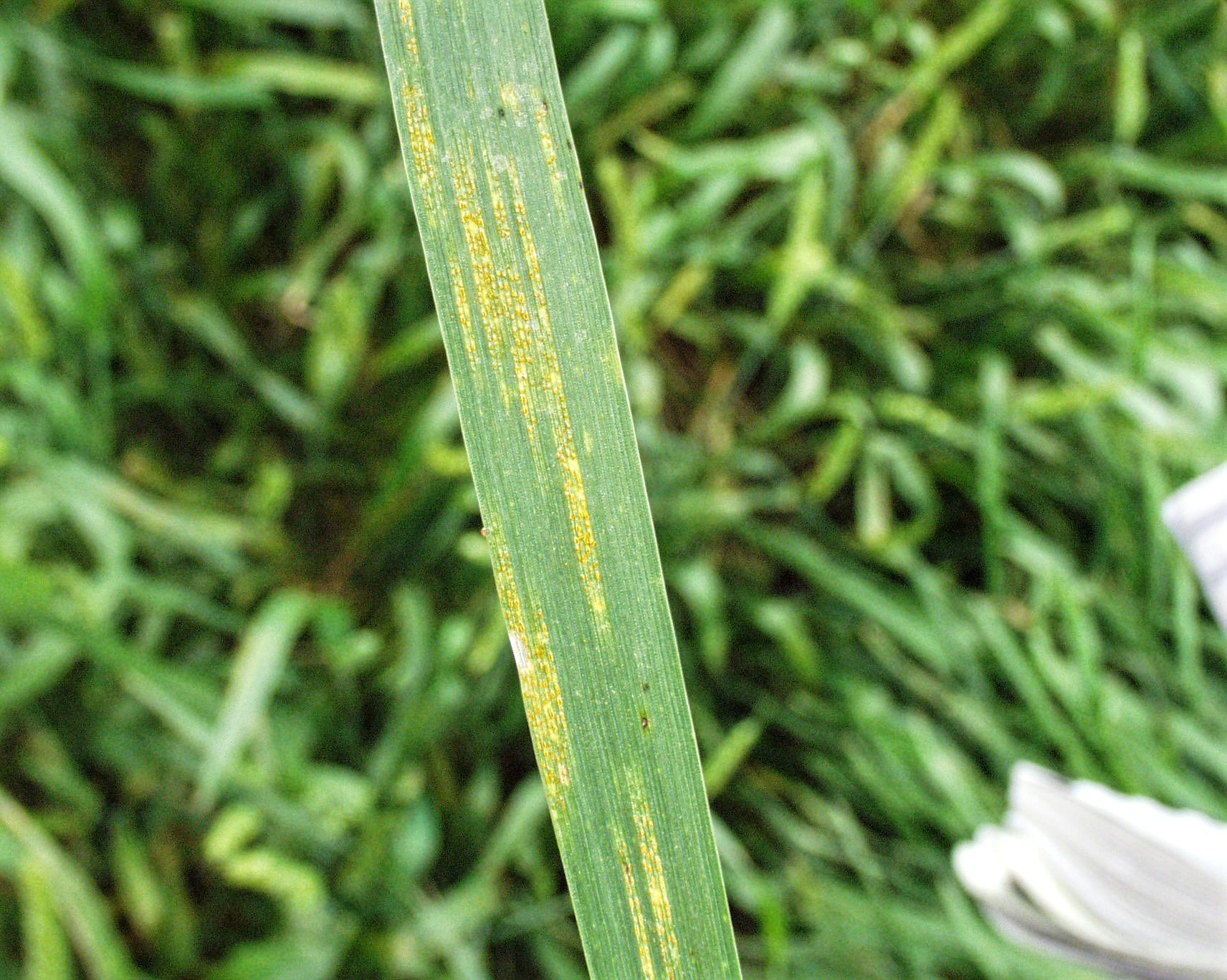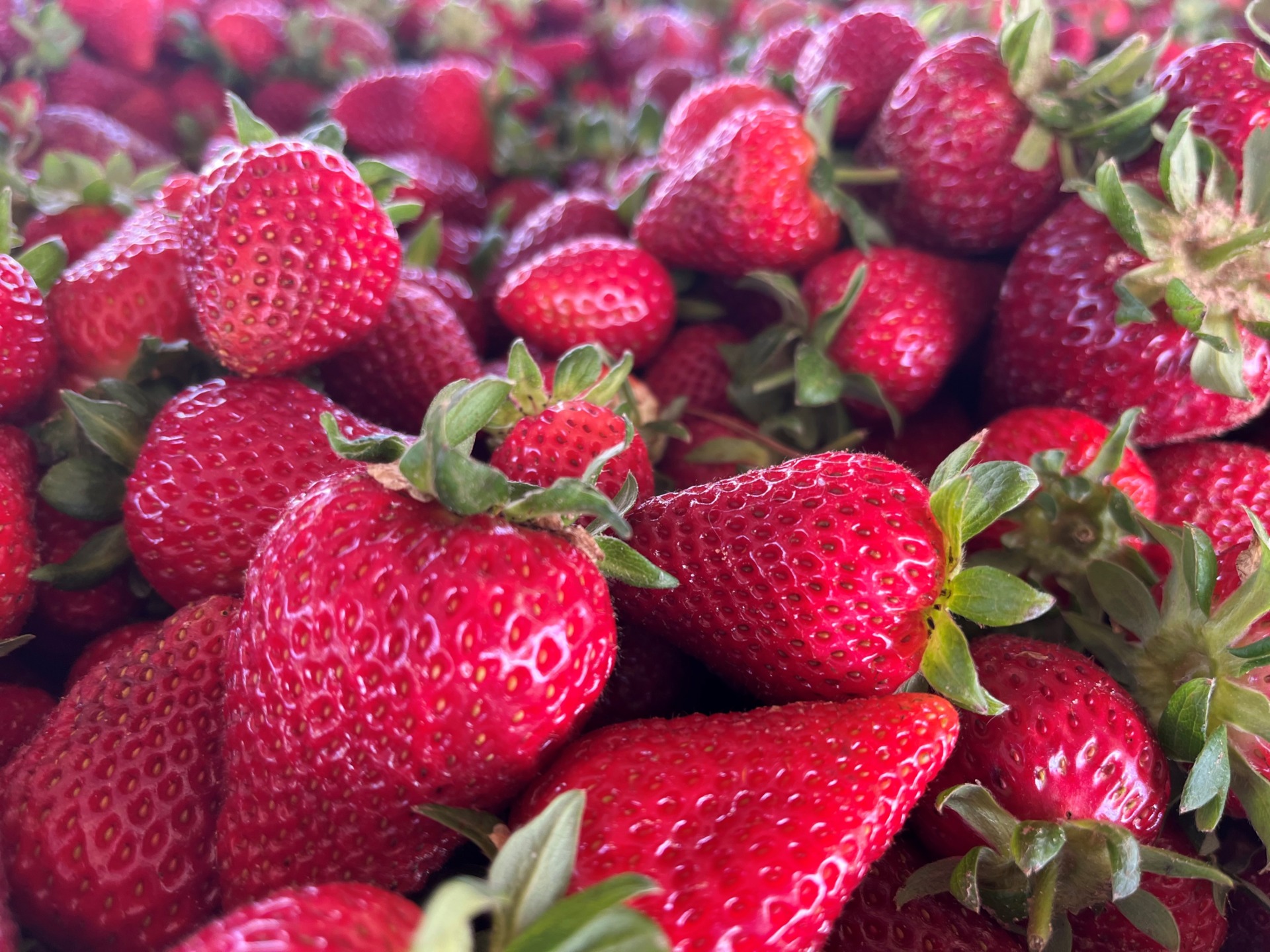Multiple factors, including severe drought, result in meager crawfish harvest and higher prices
Texas Crop and Weather Report – March 12, 2024
Although Texas crawfish farmers emerged from a challenging growing season slightly better off than producers in Louisiana, 2024 is shaping up to be a dismal crawfish season for producers and consumers alike, according to a Texas A&M AgriLife Extension Service expert.

Todd Sink, Ph.D., AgriLife Extension aquaculture specialist and director of the AgriLife Extension Aquatic Diagnostics Lab, Bryan-College Station, said that while both states dealt with severe drought and record-breaking temperatures, Louisiana, the nation’s top crawfish producer, also had to contend with the added impacts of disease and invasive species.
White spot syndrome, a lethal virus affecting only crustaceans, was first confirmed in Louisiana in 2007. Since then, Sink said cases have been reported annually.
Currently, the U.S. Department of Agriculture’s Animal and Plant Health Inspection Service has not received any reported cases of white spot syndrome in Texas crawfish.
Louisiana crawfish production has also been hit by invasive apple snails, Sink said.
Sink said these snails damage rice crops in crawfish ponds, reducing harvestable rice yields and competing with crawfish for the limited rice stubble forage. The competition for resources further reduces crawfish growth rates.
While the invasive snails are present in several watersheds in Texas, they aren’t yet having the same impact on the state’s crawfish farms.
Drought, temperatures wreak havoc across both states
While Texas crawfish producers largely avoided the impacts of disease and invasive species, they weren’t immune to the record-breaking temperatures and extreme drought seen during the summer of 2023.
As temperatures warm during the summer, crawfish burrow several feet into the ground to access cooler temperatures and moisture. This is especially important for crawfish grown in rice fields that are drained for rice production or harvest.
“Adequate ground moisture and humidity during the summer is critical for survival rates, and we just didn’t get enough rainfall to help with the excessive heat,” Sink said. “Not only was there not enough ground moisture, but soil temperatures also were reported as high as 140 degrees in some areas.”
He said as dark soil that is high in organic matter dries, it absorbs solar radiation and becomes warmer than the surrounding air temperature, essentially trapping and baking the crawfish in their burrows.
“Because there are crawfish farmers in Texas who aren’t necessarily focused on rice production, they use a longer-term flooding cycle than what is typically seen in Louisiana,” Sink said. “That helped mitigate soil temperatures and some loss, but the industry still struggled.”
Additionally, Sink said a hard freeze in Southeast Texas and Louisiana earlier this year impacted surviving crawfish that had begun to emerge from their burrows.
New federal assistance available for producers
Producers can find some assistance this year now that aquaculture species like crawfish are covered by the USDA’s Emergency Assistance for Livestock, Honey Bees, and Farm-raised Fish, ELAP. Sink said the program only covered sportfish production in the past but now extends to aquaculture species grown for food.
Through ELAP, eligible “fish” includes any species of aquatic organism grown as food for human consumption and reared in a controlled environment, which includes crawfish production.
“A lot of crawfish producers are still under the impression that they are not covered because crawfish are shellfish,” Sink said. “I highly encourage producers to reach out to their local USDA Farm Services Agency, FSA, if they need assistance.”
Because this change in legislation is so new, Sink said many county FSA offices are still learning the new guidelines that include crawfish.
Poor season impacts consumer wallets, but some relief is possible
Consumers are weighing their options when it comes to shelling out more money per pound for crawfish — if they can be found.
“Many retail outlets in Texas cities outside of the Houston or Beaumont area are simply listing crawfish as ‘not available’ or ‘out for the season,’” Sink said. “This leaves many major metropolitan consumption areas such as Dallas-Fort Worth and San Antonio largely without a supply of crawfish.”
Sink said demand and cost of crawfish typically surges around the Superbowl and Lent, the 40-day period beginning on Ash Wednesday and ending the Thursday before Easter.
Live crawfish in College Station were $6-$6.50 per pound compared to $3 per pound at this time last year. Boiled crawfish prices were $3-$5 higher per pound than last year. In College Station, boiled crawfish were around $10-$12 per pound while mudbug lovers in Dallas were paying upwards of $15-$18.99 per pound.
“The farther away you live from Louisiana and Southeast Texas, the more you’re going to pay for crawfish,” Sink said.
During a traditional season with normal production, he said prices typically drop during the midpoint of the season as more crawfish become available.
The price then ticks back up as the season ends around early summer, producers discontinue the harvest and the crawfish supply becomes more limited.
Market trends
Texas ranks as the No. 2 crawfish producer in the U.S. with roughly 9,500 production acres, but the state still lags far behind Louisiana, which boasts more than 300,000 production acres.
While crawfish prices undoubtedly surged this year due to the limited availability, Sink said retail data collected from the Crawfish app indicates the overall cost per pound of live crawfish in Texas has trended upward 10-20 cents per pound over the previous five seasons.
AgriLife Extension district reporters compiled the following summaries:
CENTRAL
Rainfall significantly benefited all producers and crops in the northern area of our district by increasing the soil moisture. A few storms produced hail, causing minimal damage to crops. The southern area saw little to no rain and still needed runoff to fill tanks, rivers and lakes. The improved weather enhanced rangeland conditions, providing decent grazing in livestock pastures. Soil temperatures averaged 70 degrees last week, promoting forage growth and resulting in lower-than-normal grain feeding for calves. Most of the corn was planted and emerged. The weather facilitated the ongoing planting of corn and sorghum crops and benefited the growth of wheat, from which producers were expecting an average yield. Grain sorghum planting was nearing completion. Wheat was thriving exceptionally well, while oats were still stunted from the hard freeze experienced during the winter. Producers top-dressed wheat, and some rust was observed in low levels. Warm-season perennial pasture grasses had been breaking dormancy due to warmer daytime temperatures and sufficient soil moisture. The cattle market was thriving. The sheep and goat market also remained strong. Livestock were in good condition with cattle maintaining good body condition as producers continued to feed hay and supplements.
ROLLING PLAINS
Some areas across the district received small amounts of much-needed moisture. A few counties started seeing stripe/leaf rust in the wheat crop. Overall, producers needed more rain to continue good wheat health and pasture grass growth and to build up soil moisture for spring crop planting.
COASTAL BEND
Weather conditions were favorable for planting activities. Days were overcast but with minimal rainfall. Most farmers completed corn and sorghum planting, and some started planting cotton and rice. Livestock remained in good condition, and hay supplementation for beef cattle herds slowed due to adequate grazing. Hay supplies were tight, but pastures were greening nicely. Crop planting remained steady, with good stands emerging, which contributed to producer optimism. Rangeland and pasture conditions were rapidly improving, with some areas still needing a 1-2 inches of rain to enhance overall spring green-up.
SOUTH PLAINS
Subsoil and topsoil moisture levels dropped due to the lack of moisture and windy conditions. Moisture was needed to help with planting, but producers were preparing fields. Cattle were in good condition.
PANHANDLE
A cold front brought some light snow across the area. Wind and heat dried out the topsoil. Additional precipitation was needed to lower evaporation and rebuild the soil and moisture profile. Overall, soil conditions were short to adequate. The threat of wildfire continued across the district. Corn, cotton and grain sorghum pre-planting activities continued in counties unaffected by wildfires. Cattle were moved from wheat fields meant for grain while other fields were being grazed out. Supplemental feeding on range continued, and cattle were moved from burned pasture to other locations. Pasture and rangelands were very poor to fair. Winter wheat was reported fair to good.
NORTH
Temperatures were warmer at the beginning of the week, then cooled off with heavy rainfalls delivering 1-3 inches in some counties. Topsoil and subsoil moisture levels were adequate to surplus for many counties across the district. The rainfall helped promote some growth in many cool-season crops. Pasture and rangelands were in fair to good condition. Winter pastures were beginning to emerge and grow slightly across the counties. Spring planting should resume once the ground dried enough. Wheat in some areas was showing nitrogen deficiencies. Livestock were doing well and starting to chase green forage in the pastures. Hay feeding continued in some counties.
FAR WEST
Temperature highs were in the upper 70s, and lows right at freezing a couple of nights last week. The cold weather was not good for corn that was just planted. None of the wheat appeared to be damaged, and wheat fields were beginning to head out. Land preparation continued for row crops and broadcast planted fields. Pecan orchards were being prepared for irrigation. Most orchards were hedged and pruned, and orchard floor preparation was completed and should be ready for irrigation when water becomes available. The El Paso County Water Improvement District No.1 was expected to provide a full irrigation allotment this growing season. So far, water was coming to the surface quite well and moving over to the adjacent rows better than expected. Livestock were in fair condition. Lambing was complete, and kidding continued. Livestock producers continued supplemental feeding. Spring weeds were popping up. Trees were starting to bloom. Buzzards were back in the area.
WEST CENTRAL
The district experienced a mild week with warm afternoons, sunshine and a few rain showers. Subsoil and topsoil conditions remained good overall, although some areas were drying up. The recent rainfall allowed wheat and oat fields to thrive. Pecans began budding. Corn was starting to emerge, and producers were spraying weeds in their fields. Lake and tank water levels were dropping. Rangeland and pasture conditions were improving. Some spring cattle work was happening as the calving season continued. Producers continued supplemental feeding their herds. Livestock were in good demand for all classes of calves and yearlings.
SOUTHEAST
Weather was good across the district. Soil-moisture levels ranged from adequate to surplus. Pastures were drying up due to windy conditions over the past few weeks. Warm temperatures and small showers spurred the green-up of ryegrass and clover growth. Corn was emerging, and wheat was being top-dressed. Most trees were beginning to bud out with pollen in the air. Rangeland and pasture ratings varied from very poor to excellent.
SOUTHWEST
The weather was dry and hotter than usual, with significant winds, adding stress to crops due to increased evapotranspiration. Isolated areas received trace amounts of precipitation. Corn and sorghum planting were in full swing. Wheat and oats were starting to head out. Rangeland and pasture conditions were greening up; however, the lack of moisture continued to limit the growth potential for cool-season grasses and forbs. Pecan trees were producing flowers and pollinating. Producers were still heavily supplementing livestock diets.
SOUTH
Weather conditions were mild throughout the week, and minimal rainfall was received. Wheat and oat fields started heading and remained under irrigation. Corn planting continued, and pasture and rangeland conditions were improving with increased moisture. Cattle ranchers continued supplemental feeding their herds in hopes of having some relief as rangeland and pastures were improving. Producers started planting hay grazer and spraying and fertilizing coastal Bermuda grass hay fields. Spinach, citrus, onions and vegetables were still being harvested. Sorghum and corn were being planted.






